Home>Garden Essentials>Why Can Flowers Rapidly Germinate
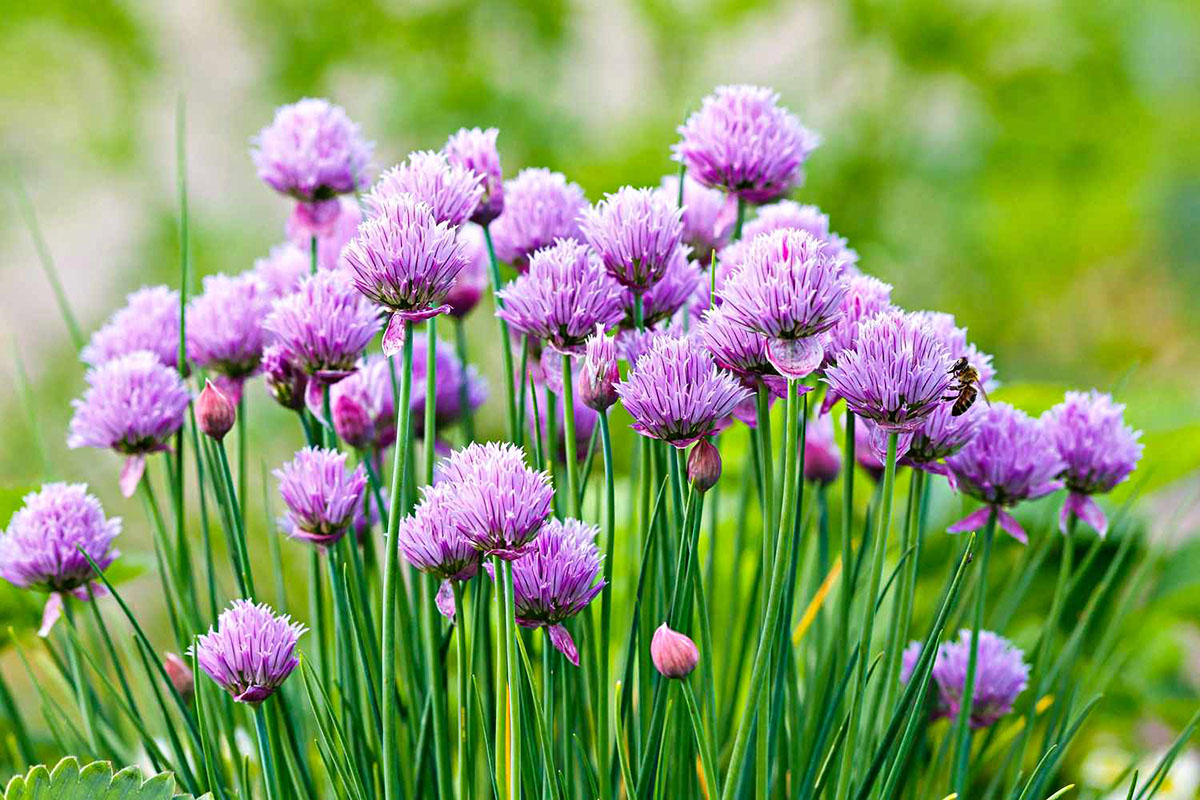

Garden Essentials
Why Can Flowers Rapidly Germinate
Modified: August 17, 2024
Discover the secrets of why flowers in your garden can germinate quickly. Learn how to create optimal conditions for rapid growth and blooming.
(Many of the links in this article redirect to a specific reviewed product. Your purchase of these products through affiliate links helps to generate commission for Storables.com, at no extra cost. Learn more)
Introduction
Welcome to the fascinating world of flower germination! Flowers are not just beautiful to look at; they are also marvels of nature that undergo a remarkable process to bring forth life. One of the most intriguing aspects of this process is the speed at which flowers can germinate under certain conditions. So, what exactly makes flowers germinate rapidly? In this article, we will explore the factors that contribute to rapid germination in flowers.
Germination is the process where a seed grows into a plant. While the germination process varies across different plant species, all flowers share a common goal: to establish roots and begin their journey towards blossoming. However, not all flowers germinate at the same rate. Some flower seeds have adapted to germinate quickly, allowing them to take advantage of favorable conditions and increase their chances of survival.
Several factors contribute to rapid germination in flowers, including genetic adaptations, environmental conditions, the role of light, and hormonal balance. By understanding these factors, we can gain insights into the intricate mechanisms that govern flower germination and appreciate the beauty of nature’s design.
In the following sections, we will delve deeper into each of these factors and explore how they influence the speedy germination of flowers. So, let’s embark on this botanical journey and unravel the secrets behind rapid flower germination!
Key Takeaways:
- Flowers germinate quickly due to genetic adaptations, environmental conditions, light requirements, and hormonal balance, giving them a competitive edge, aiding biodiversity, enhancing crop production, and adding aesthetic appeal to gardens.
- Understanding the mechanisms of rapid flower germination allows us to promote successful germination, meet various needs, and preserve the beauty and resilience of nature.
Read more: How Long For Moon Flowers To Germinate
Factors Affecting Rapid Germination
Rapid germination in flowers is influenced by various factors, ranging from genetic adaptations to environmental conditions. Let’s explore these factors in detail:
- Genetic Adaptations: Some flower species have evolved genetic adaptations that enable their seeds to germinate rapidly. These adaptations may include a thinner seed coat or specialized enzymes that break down barriers to germination. By possessing these genetic traits, flowers can expedite the germination process and increase their chances of survival.
- Environmental Conditions: The conditions in which a flower seed is planted play a crucial role in its germination speed. Factors such as temperature, moisture, and soil quality impact the seed’s ability to absorb water and initiate growth. Optimal conditions, such as moderate temperatures and adequate moisture, can accelerate germination and promote the development of healthy seedlings.
- Light Requirements: Light is another essential factor that affects the germination speed of flowers. Some flower seeds require exposure to light to trigger germination, while others prefer darkness. This phenomenon is known as photoblastism. For example, sunflowers are positively photoblastic, meaning they require light for germination, while certain wildflowers, like poppies, are negatively photoblastic and prefer darkness. Understanding a flower’s light requirements is crucial for ensuring successful germination.
- Hormonal Balance: Hormones play a significant role in regulating the germination process in flowers. Abscisic acid (ABA) is a hormone that inhibits germination, while gibberellins stimulate germination. The balance between these hormones determines the speed at which a flower seed germinates. Environmental cues, such as moisture and temperature, influence the production and regulation of these hormones, thereby affecting the germination rate.
By considering these factors in flower germination, gardeners and horticulturists can create optimal conditions for rapid seed germination. Whether it’s selecting the right species, providing suitable environmental conditions, or understanding the light and hormonal requirements, paying attention to these factors can enhance the success rate of germinating flowers.
Now that we have explored the factors that affect rapid germination in flowers, let’s move on to understanding the genetic adaptations that enable some flower seeds to germinate quickly.
Genetic Adaptations in Flower Seeds
Flower seeds possess remarkable genetic adaptations that allow them to germinate rapidly and establish themselves in their respective environments. These adaptations have evolved over time to increase the chances of successful germination and ensure the survival of the species. Here are some of the key genetic adaptations found in flower seeds:
- Thinner Seed Coats: Some flower species have seeds with thinner and more permeable seed coats. This adaptation allows water to penetrate the seed more easily, initiating the germination process. Thin seed coats also facilitate gas exchange, enabling the seed to absorb oxygen and release carbon dioxide during germination.
- Enzymatic Activation: Certain flower seeds have specialized enzymes that are released upon exposure to moisture. These enzymes play a crucial role in breaking down complex molecules within the seed, converting them into simple sugars and other nutrients required for growth. By having these enzymes readily available, flower seeds can quickly mobilize their energy reserves and support rapid germination.
- Dormancy Period: Some flower seeds exhibit a period of dormancy before germination can occur. During this period, the seed remains in a state of suspended animation, waiting for specific environmental cues to trigger germination. This adaptation enables the seed to time its germination to coincide with optimal conditions, such as favorable temperatures and moisture levels.
- Seed Dispersal Mechanisms: Flower seeds have evolved various mechanisms for dispersal, allowing them to be transported to different locations and increase the chances of successful germination. Adaptations such as winged structures, hooks, or sticky coatings enable seeds to attach to animals, birds, or passing objects, ensuring wider distribution and colonization of new areas.
These genetic adaptations demonstrate the remarkable resilience and adaptability of flower seeds. They have evolved to overcome obstacles such as harsh environmental conditions, competition for resources, and limited space to germinate and grow into mature plants. By taking advantage of these genetic adaptations, flowers have effectively increased their chances of survival and propagation.
Understanding the genetic adaptations in flower seeds not only provides insights into their rapid germination but also offers valuable knowledge for gardeners and researchers. By harnessing this knowledge, we can utilize the unique characteristics of flower seeds to create successful germination strategies, improve crop yields, and restore native plant populations in ecological restoration projects.
Now that we have explored the genetic adaptations in flower seeds, let’s turn our attention to the environmental conditions that contribute to rapid germination.
Environmental Conditions for Rapid Germination
The environment plays a crucial role in determining the germination speed of flower seeds. Different plant species have varying requirements when it comes to temperature, moisture, soil quality, and other factors. Understanding and providing the optimal environmental conditions can promote fast and successful germination. Here are some key environmental conditions for rapid germination:
- Temperature: Temperature is a critical factor that influences seed germination. Each flower species has an ideal temperature range for germination, and deviation from this range can significantly affect the germination speed. Some flower seeds require warm temperatures, while others prefer cooler conditions. By providing the appropriate temperature range, gardeners can facilitate rapid germination.
- Moisture: Adequate moisture is essential for the germination of flower seeds. It allows the seeds to absorb water and initiate the metabolic processes required for growth. However, excessive moisture can lead to seed rot or fungal infections. Therefore, maintaining a balanced moisture level is crucial for encouraging rapid germination.
- Soil Quality: The composition and quality of the soil also impact germination speed. Nutrient-rich soils provide the necessary resources for seedling development and growth. Additionally, loose and well-drained soils allow the roots to penetrate easily and establish a strong foundation. Ensuring the right soil conditions can accelerate germination and promote healthy plant growth.
- Oxygen Availability: Flower seeds require sufficient oxygen for respiration during germination. Oxygen is necessary for the breakdown of stored energy reserves and the production of essential metabolic compounds. Well-aerated soils or loose planting mediums facilitate oxygen exchange, aiding in the rapid germination of flower seeds.
Gardeners and horticulturists can create optimal conditions for rapid germination by ensuring that these environmental factors are properly managed. This can be achieved through careful monitoring of temperature, providing adequate watering practices, considering soil amendments for improved soil quality, and ensuring proper aeration. By addressing these factors, gardeners can promote faster germination and establish a healthy foundation for successful plant growth.
Now that we have covered the environmental conditions necessary for rapid germination, let’s explore the role of light in the germination process.
To help flowers germinate rapidly, provide them with the right amount of water, sunlight, and nutrients. Planting them in well-draining soil and keeping the soil consistently moist can also promote quick germination.
Role of Light in Flower Germination
Light plays a vital role in the germination process of flowers. It is a critical factor that influences whether seeds will germinate or remain dormant. Different flower species have varying light requirements for germination. Let’s explore the role of light in flower germination:
1. Photoblastism: Photoblastism refers to the response of seeds to light. Some flower seeds require exposure to light to trigger germination, while others prefer darkness. This phenomenon is determined by the seed coat and the light receptors within the seed. Seeds that require light for germination are referred to as positively photoblastic, while seeds that prefer darkness are negatively photoblastic.
2. Light Quality: The quality of light, specifically the wavelengths of light, can also impact germination. Different wavelengths of light, such as red, blue, and green, have varying effects on the germination speed and growth of flower seeds. This is due to the stimulation of specific light receptors and the activation of various plant processes that influence germination.
3. Light Intensity: The intensity of light also plays a role in flower germination. Some seeds require high light intensity to break dormancy and trigger their germination process, while others require lower light intensities. The light intensity requirement varies among flower species and is important to consider when providing the optimal growing conditions.
Understanding the light requirements of different flower species is crucial for successful germination. Gardeners can utilize this knowledge by providing the appropriate amount and quality of light to promote the germination of specific flower seeds. This can include techniques such as stratification, which involves exposing seeds to alternating periods of light and darkness, or scarification, which involves breaking or thinning the seed coat to enhance light absorption.
While light is an important factor in flower germination, it is important to note that not all flower seeds are light-dependent. Many seeds may germinate whether they are exposed to light or not. It is essential to research and understand the specific light requirements of the flower species you are working with to ensure successful germination.
Now that we have explored the role of light in flower germination, let’s turn our attention to the hormonal balance that contributes to rapid germination.
Read more: Why Germinate In The Dark
Hormonal Balance in Accelerated Flower Germination
Hormones play a crucial role in regulating the germination process of flowers. The balance between different hormones determines the speed at which flower seeds germinate and influences the overall growth and development of the plant. Let’s explore the key hormones involved in the germination process:
- Abscisic Acid (ABA): ABA is a hormone that inhibits germination. It helps maintain seed dormancy and prevents premature germination under unfavorable conditions. ABA acts as a signal to seed to remain dormant until the environmental conditions are suitable for germination. When the balance between ABA and other hormones shifts, such as with an increase in gibberellins, germination can be accelerated.
- Gibberellins (GA): Gibberellins are hormones that promote germination and growth in plants. They stimulate crucial metabolic processes within the seed, such as the breakdown of stored carbohydrates, the production of enzymes for nutrient absorption, and the elongation of the embryo cells. The presence of gibberellins in the right balance triggers the transition from dormancy to germination, accelerating the process.
- Cytokinins: Cytokinins are hormones that regulate cell division and differentiation in plants. They promote overall plant growth and development, including the germination of flower seeds. Cytokinins work in synergy with gibberellins to coordinate the processes involved in germination and seedling establishment.
- Ethylene: Ethylene is a gaseous hormone that is involved in various plant responses, including germination. Ethylene can inhibit or promote germination depending on the specific species and environmental conditions. It can regulate seed dormancy and stimulate germination under certain circumstances, facilitating rapid seedling emergence.
The balance between these hormones is crucial for the timely and rapid germination of flower seeds. Environmental cues, such as moisture and temperature, influence the production and regulation of these hormones, further influencing germination speed. Understanding the hormonal interactions and their influence on germination allows us to manipulate these factors to promote accelerated germination when desired.
Modern plant science and technology have allowed researchers to explore the hormonal balance in flower germination more deeply. This knowledge has practical applications in agriculture, horticulture, and gardening, as it enables us to employ techniques such as hormone treatments, seed priming, and hormone manipulation to enhance germination success and shorten the germination period.
By understanding and manipulating the hormonal balance, we can unlock the potential for rapid germination in flower seeds and maximize their growth potential. Now, let’s move on to the benefits of rapid flower germination.
Benefits of Rapid Flower Germination
Rapid germination in flowers offers several benefits not only to the plant itself but also to the ecosystem and human endeavors. Let’s explore some of the key benefits of rapid flower germination:
- Competitive Advantage: Flowers that germinate quickly gain a competitive edge over other plants. By taking advantage of favorable environmental conditions, they establish their roots and begin growth earlier than their competitors. This allows them to access essential resources such as water, nutrients, and sunlight, giving them a head start in their development and increasing their chances of survival.
- Biodiversity and Ecological Restoration: Rapid germination is crucial for establishing diverse floral populations and restoring ecosystems. By germinating quickly, flowers contribute to the biodiversity of an ecosystem, providing habitat and food sources for various animals and insects. Rapid germination also aids in ecological restoration efforts by allowing native plant species to establish themselves rapidly, helping to restore balance and functionality to disturbed or degraded environments.
- Crop Production: In agriculture, rapid germination is highly desirable as it leads to faster crop establishment and increased productivity. By germinating quickly, crops can be planted earlier in the growing season, enabling a longer growth period and potentially higher yields. This is especially beneficial in regions with shorter growing seasons or where timing is crucial for successful harvest.
- Aesthetic Appeal: Rapid germination in flowers enhances the aesthetic appeal of gardens and landscapes. Flowers that germinate quickly can produce vibrant blooms and lush foliage earlier in the season, creating visually pleasing displays. This is particularly desirable for gardeners and landscape designers who strive to create visually stunning outdoor spaces.
- Adaptation to Changing Environments: Rapid germination allows flower species to adapt to changing environmental conditions. By germinating quickly, flowers can take advantage of short windows of favorable conditions, such as intermittent rainfall or temporary disturbances. This adaptability increases their chances of survival and enables them to colonize new areas or habitats.
The benefits of rapid flower germination highlight the significance of this process in the natural world and in human endeavors. Whether it’s for ecological restoration, agricultural production, or aesthetic enhancement, rapid germination plays a pivotal role in shaping our environment and meeting various needs.
As we continue to study and understand the mechanisms behind rapid flower germination, we can further harness these benefits for sustainable land management, conservation efforts, and the creation of beautiful and resilient gardens.
Now, let’s summarize the key points discussed in this article.
Conclusion
In conclusion, rapid germination in flowers is influenced by a combination of genetic adaptations, environmental conditions, light requirements, and hormonal balance. Flower seeds have evolved remarkable genetic traits, such as thinner seed coats and specialized enzymes, to facilitate fast germination. Optimal environmental conditions, including temperature, moisture, soil quality, and oxygen availability, promote rapid germination. Light plays a critical role, either as a trigger or inhibitor, depending on the specific light requirements of each flower species. Hormonal balance, particularly the interplay between abscisic acid (ABA), gibberellins (GA), cytokinins, and ethylene, regulates the germination process, determining the speed and success of seedling emergence.
Rapid flower germination brings several benefits. It gives flowers a competitive advantage over other plants, contributes to biodiversity and ecological restoration efforts, enhances crop production, adds aesthetic appeal to gardens and landscapes, and enables adaptation to changing environmental conditions. Understanding and harnessing the mechanisms of rapid germination allows us to make informed decisions and employ techniques to promote successful germination in various contexts.
As we continue to explore the complexities of flower germination, there is much to be gained. From furthering our understanding of genetic adaptations to optimizing environmental conditions, and from studying the role of light to manipulating hormonal balance, we can enhance the germination process to meet our needs and preserve the beauty and resilience of nature.
So, the next time you witness the miracle of flower germination, remember the intricate mechanisms that contribute to its rapidity. Embrace the wonder and enjoy the splendor of nature’s timeless cycle of life.
Frequently Asked Questions about Why Can Flowers Rapidly Germinate
Was this page helpful?
At Storables.com, we guarantee accurate and reliable information. Our content, validated by Expert Board Contributors, is crafted following stringent Editorial Policies. We're committed to providing you with well-researched, expert-backed insights for all your informational needs.
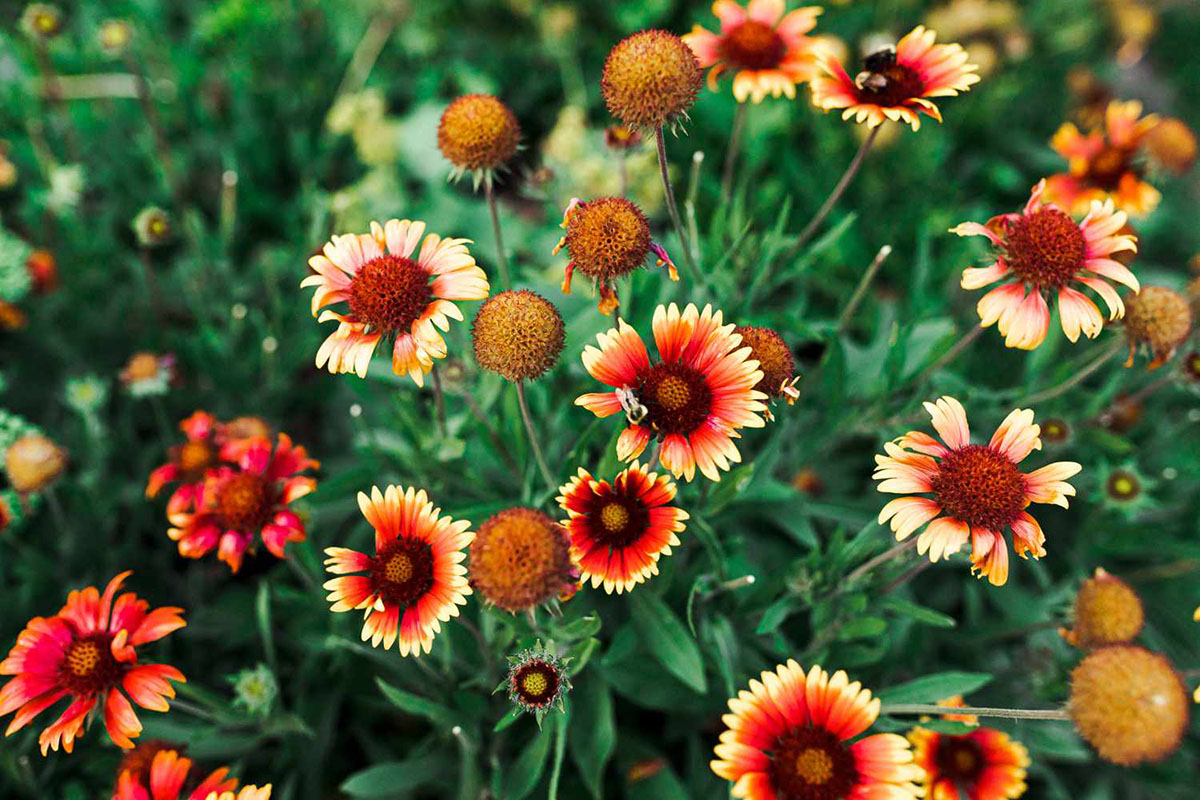
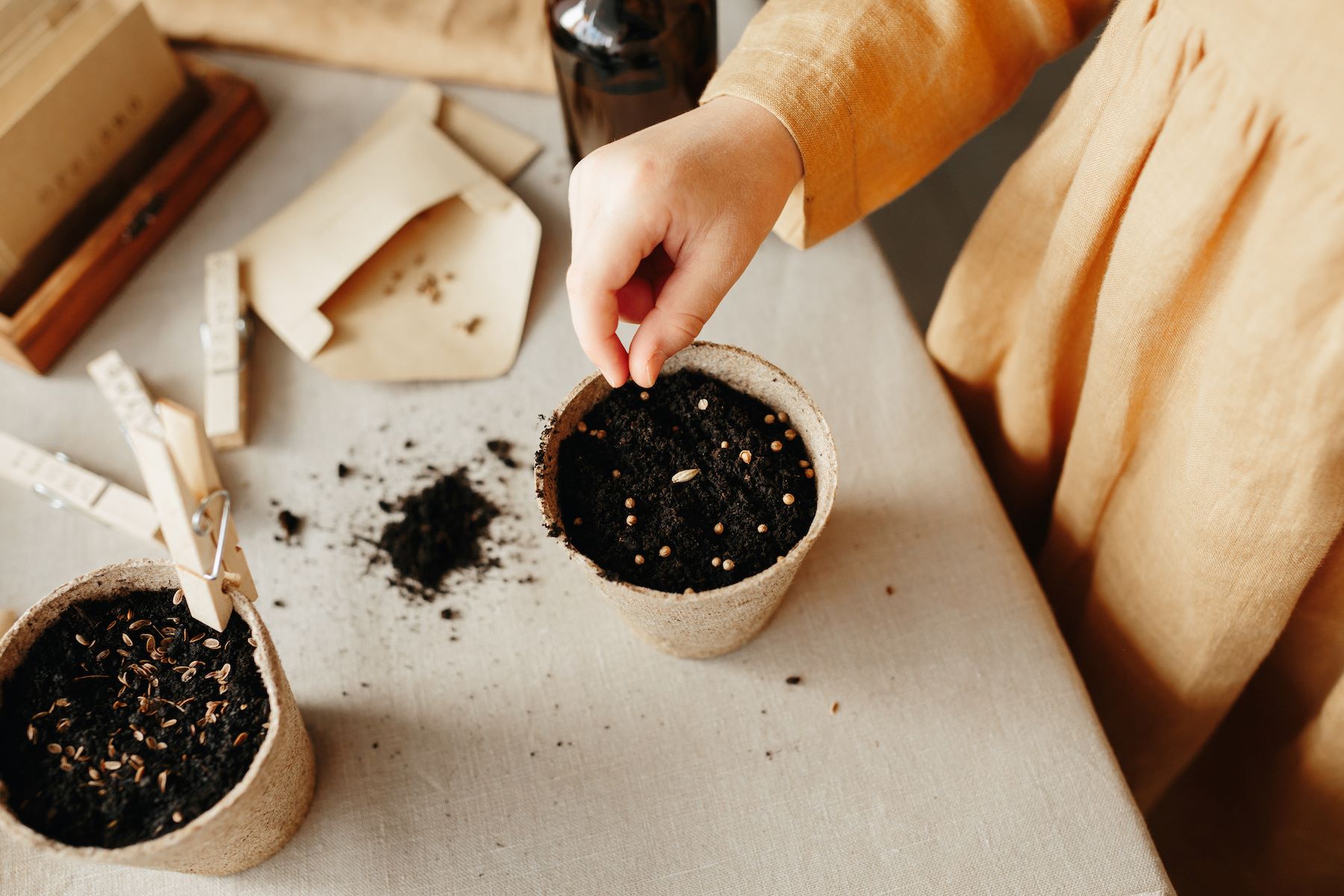
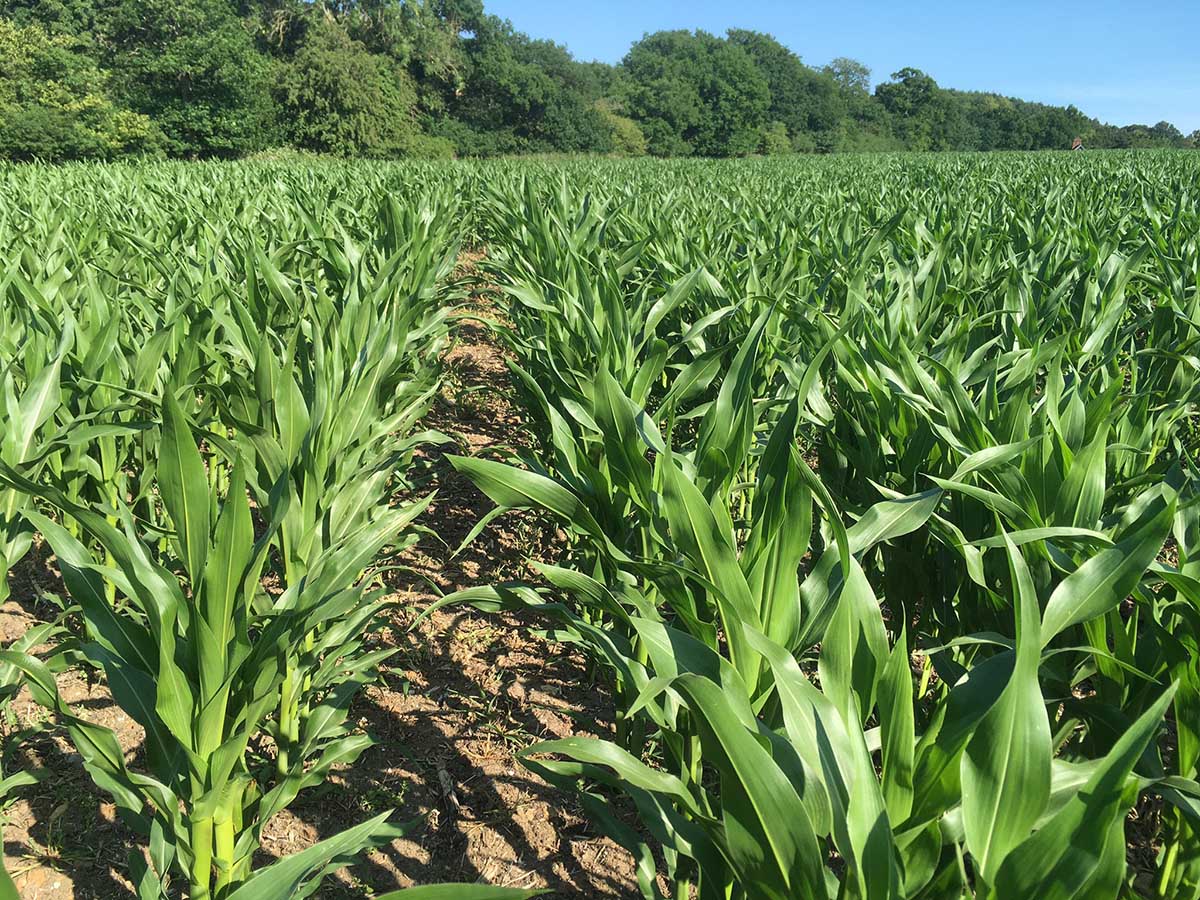
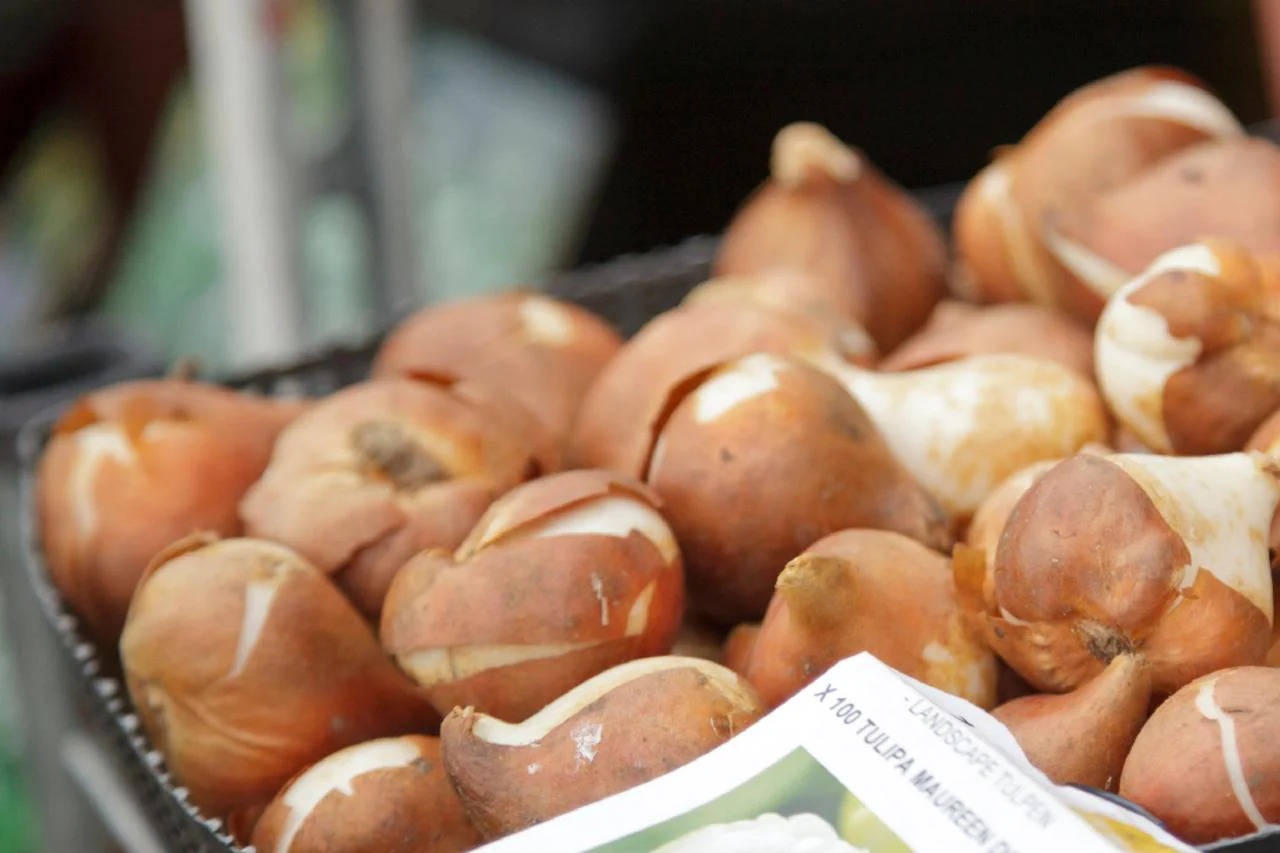
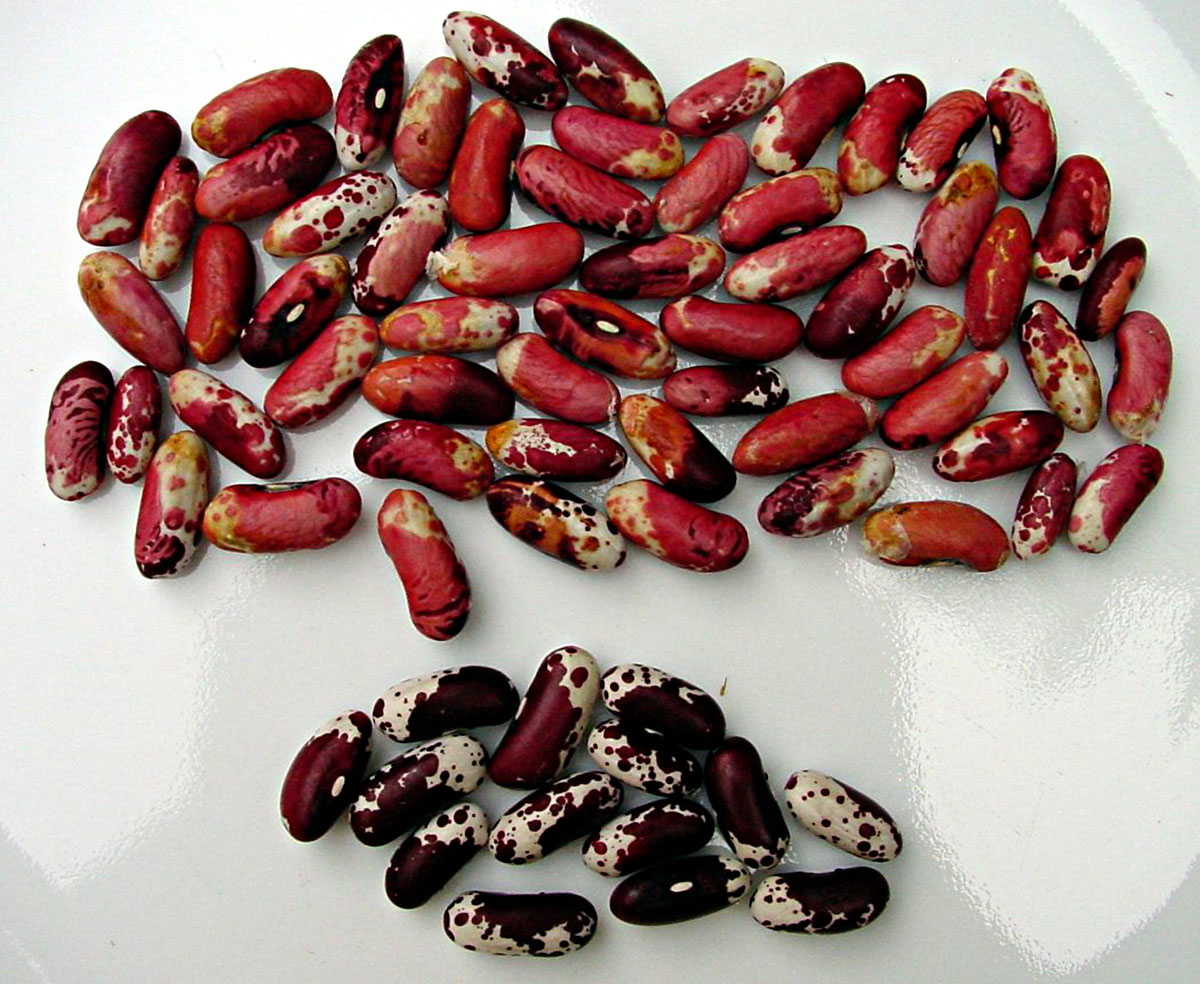
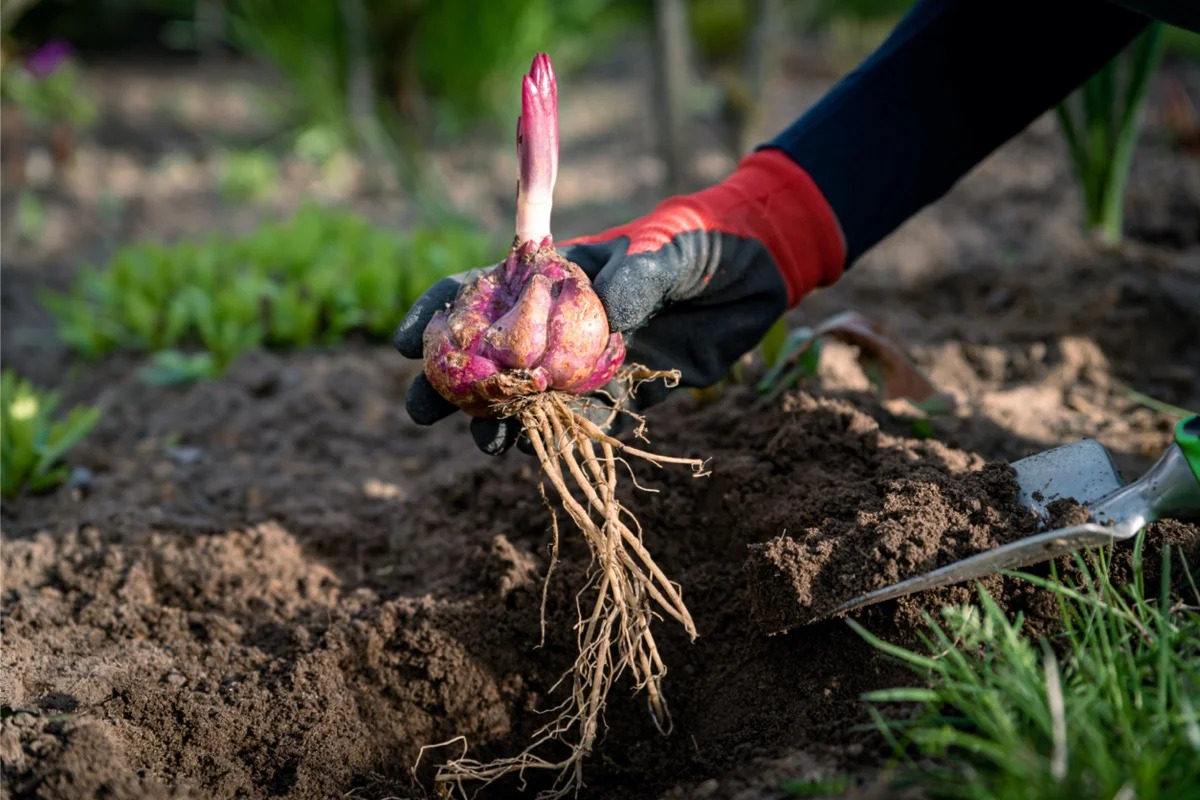

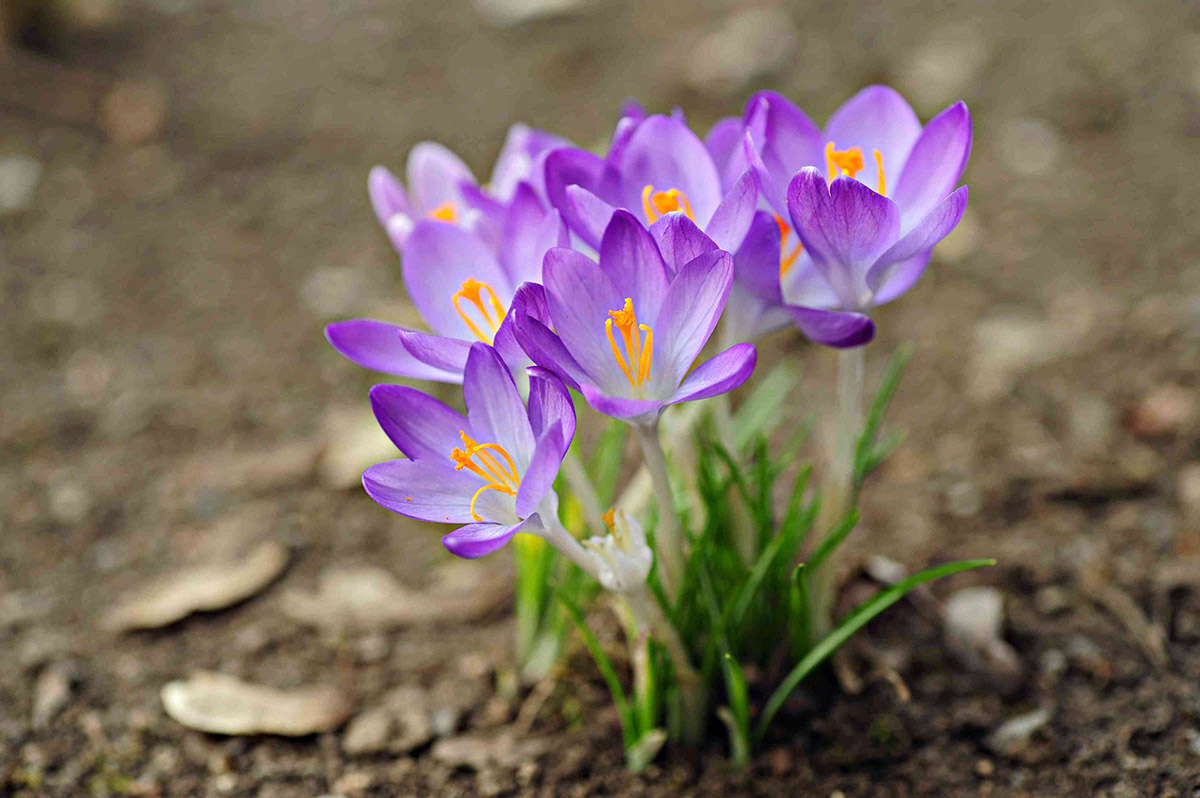
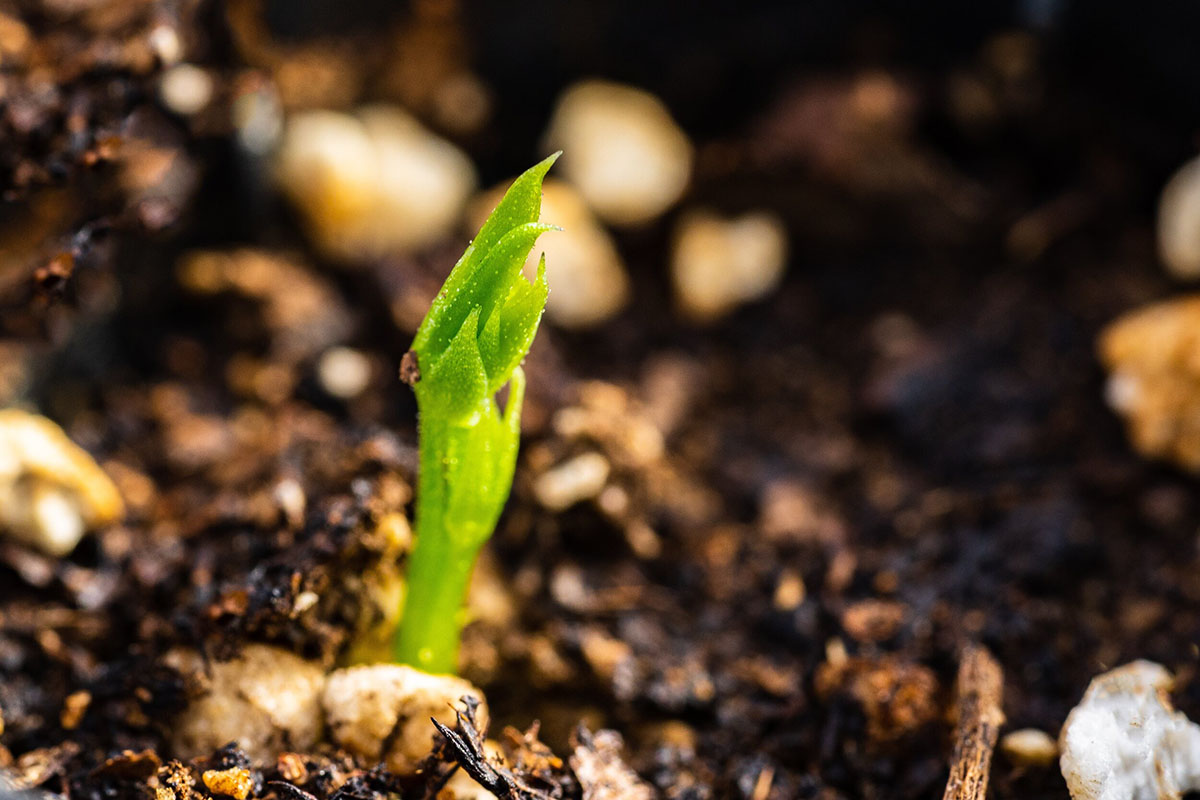
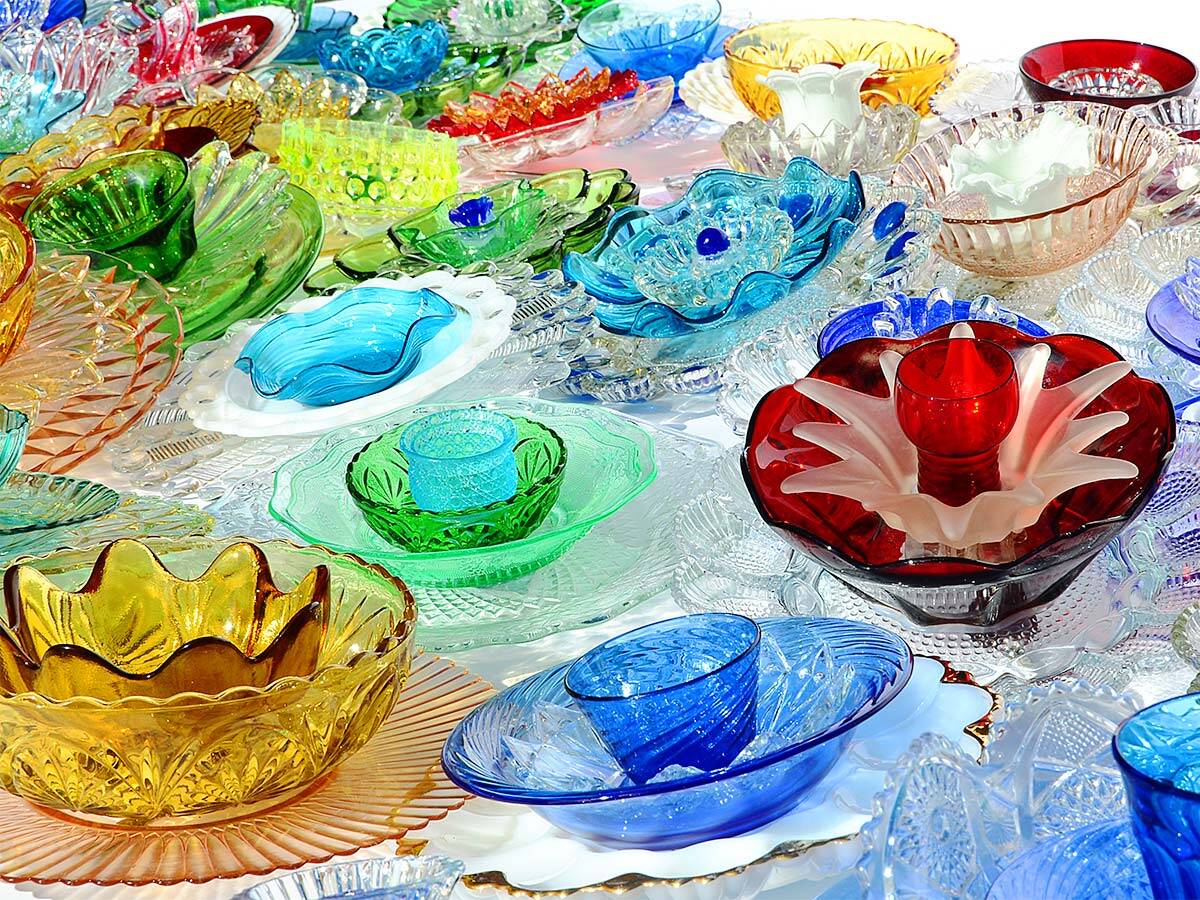
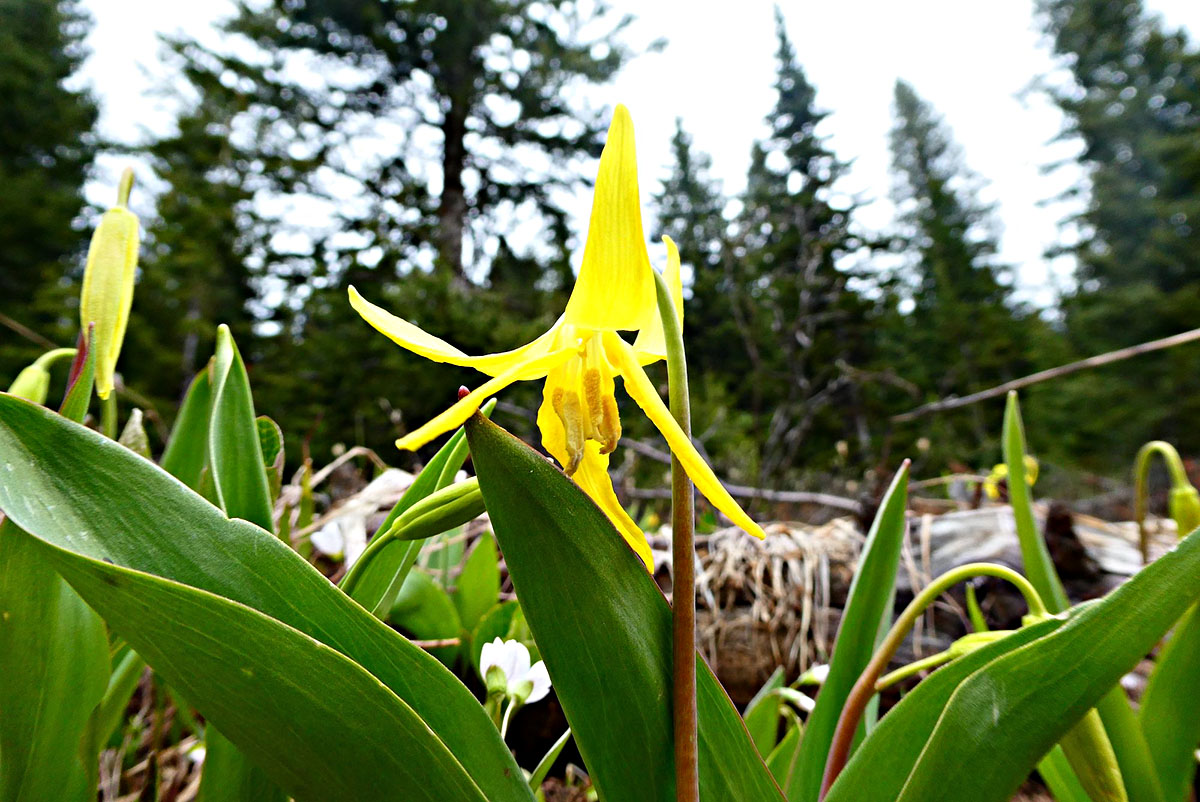

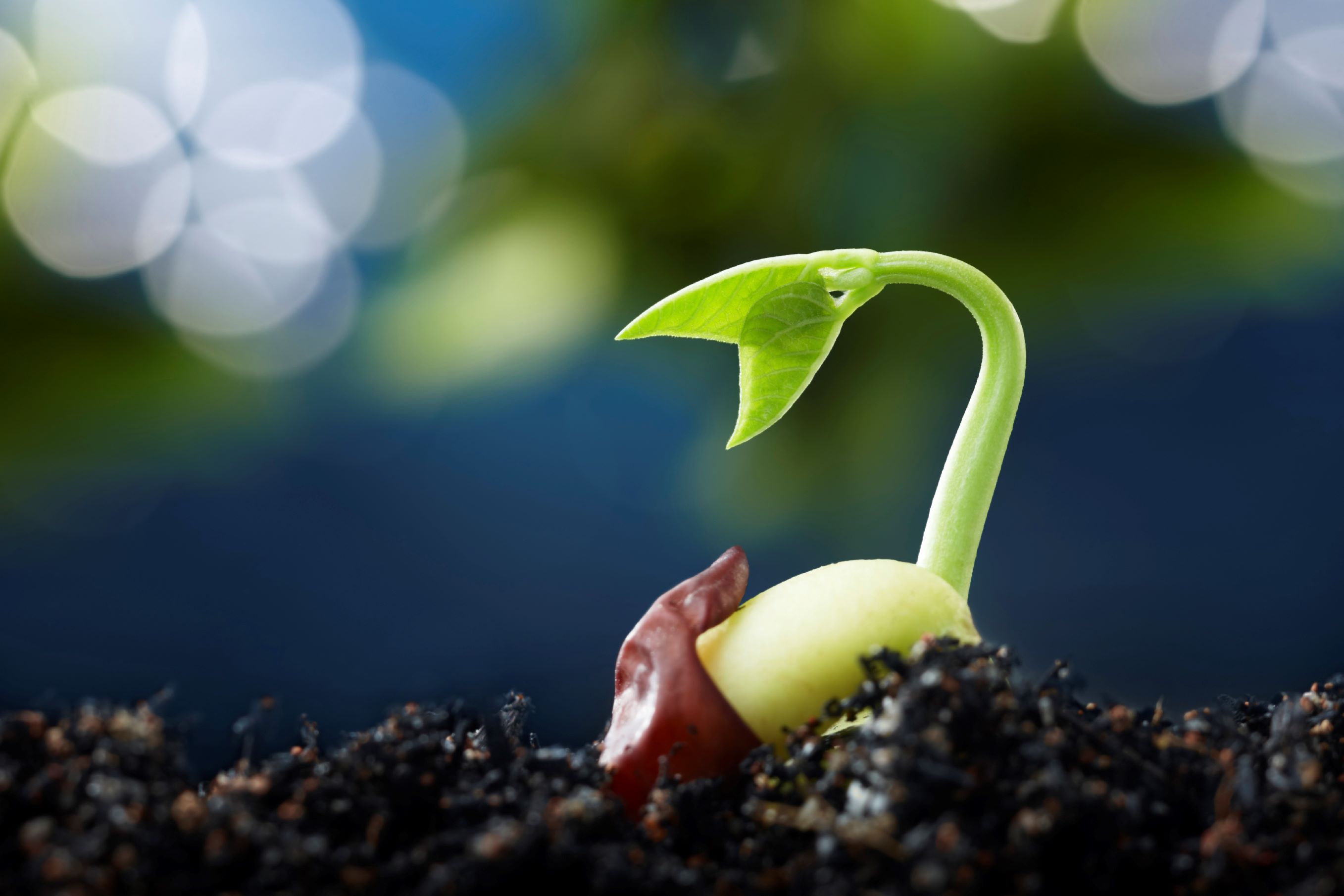
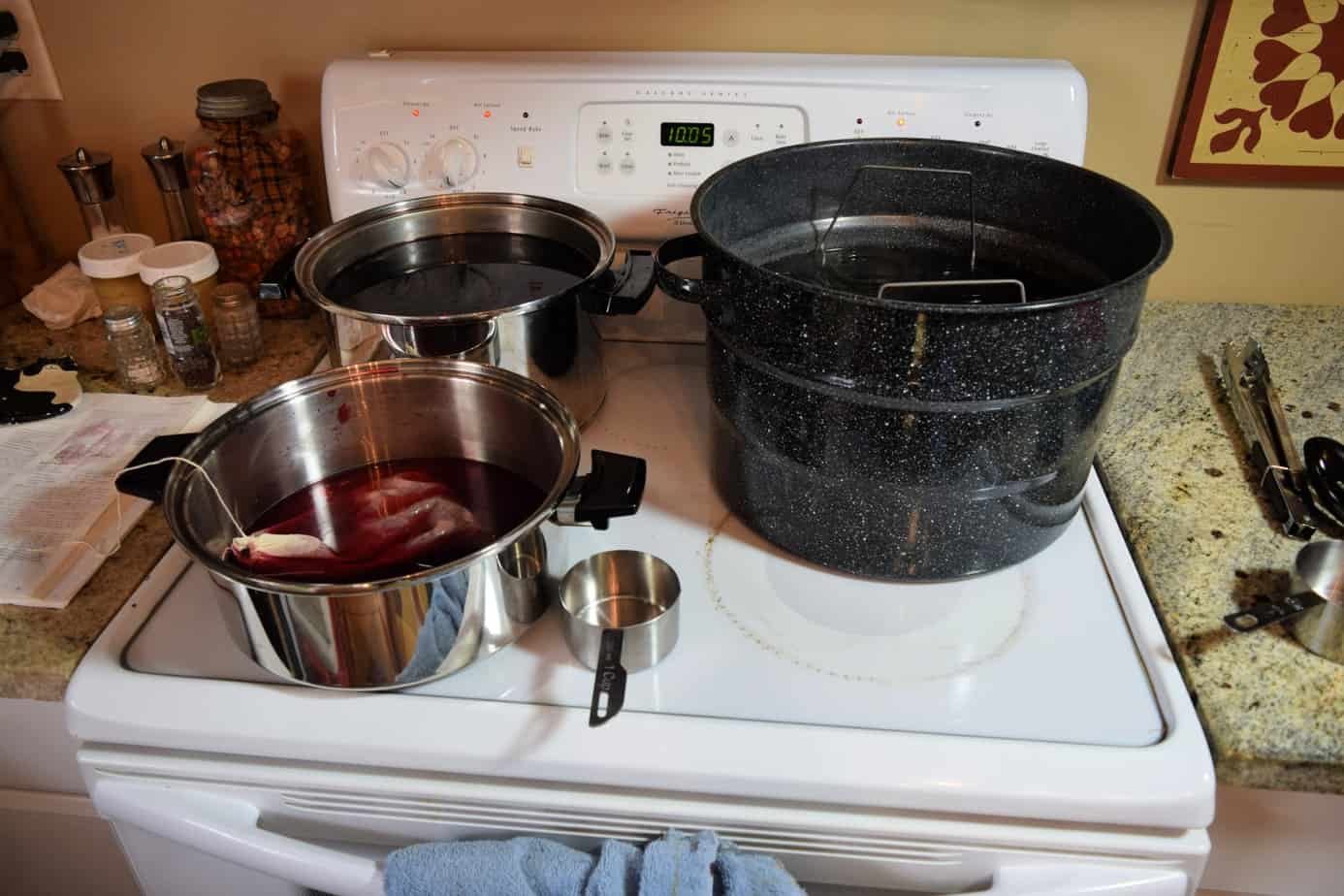

0 thoughts on “Why Can Flowers Rapidly Germinate”